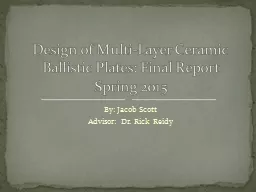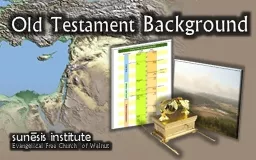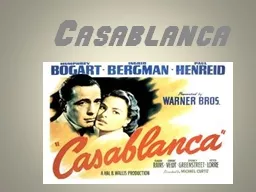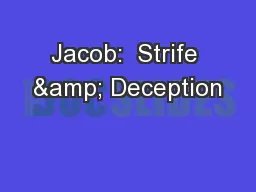PPT-By: Jacob Scott Advisor: Dr. Rick
Author : boyplay | Published Date : 2020-08-06
Reidy Design of MultiLayer Ceramic Ballistic Plates Final Report Spring 2015 Classification Projectile Caliber Projectile Weight Velocity Type IIA 357 Magnum jacketed
Presentation Embed Code
Download Presentation
Download Presentation The PPT/PDF document "By: Jacob Scott Advisor: Dr. Rick" is the property of its rightful owner. Permission is granted to download and print the materials on this website for personal, non-commercial use only, and to display it on your personal computer provided you do not modify the materials and that you retain all copyright notices contained in the materials. By downloading content from our website, you accept the terms of this agreement.
By: Jacob Scott Advisor: Dr. Rick: Transcript
Download Rules Of Document
"By: Jacob Scott Advisor: Dr. Rick"The content belongs to its owner. You may download and print it for personal use, without modification, and keep all copyright notices. By downloading, you agree to these terms.
Related Documents














